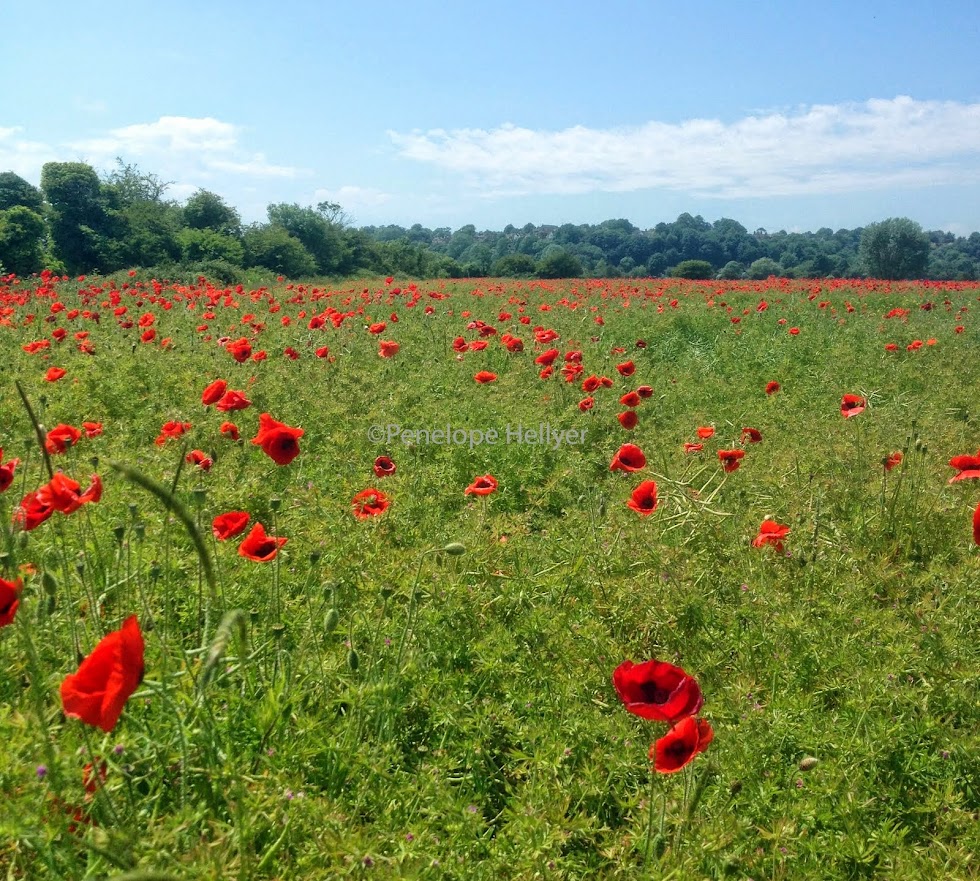I have always been a recycler of plants, be it the trimmings from stems brought in from the garden; these placed in the tiniest of vases if necessary to live out their last hours still being admired rather than thrown in a bin, to viable cuttings taken from prunings of shrubs or climbers in the garden. Always an avid propagator, it may well have been one reason why I opened my own nursery in the early 1990s and with over 7 acres to fill I had plenty of places to move shrubs that may have outgrown their original space. But now with a new garden to ‘design’ and plant, my views on recycling plants have altered.
It is easy to be cynical about other peoples’ choices and planting. I scratch my head and wonder why, with such a small space would anyone plant three of the same conifer, (especially when we dug them out from a narrow border to find that it had all of a few inches in which to grow before the roots hit a thick layer of plastic, which sent them running underneath all the slabs), two identical
hebes, a
weigela left unpruned for so long it was a tall gangly, tangled mess.
 |
Raised bed with hebe & conifers.
Ivy on the wall, weigela to the righthand side |
Our rear garden (call it that at the stretch of the imagination) is, (so I was told) approximately forty feet in length, with a well-built brick building at the end. We own one part of the long length of it, as it runs into the neighbouring garden and is then converted into a couple of small dwellings. Our other neighbour has a longer garden with a tall boundary brick wall at the end, as do the other neighbours on our terrace, all backed by the same boundary wall.
A very narrow border runs down one edge of this length, more
shady during the day than the north side and is (was) planted with a ‘dwarf’
conifer – one of those that is sold in a three inch pot and in truth stays
fairly well behaved until suddenly after a decade (do trees have a similar life
span to a cat i.e. one of our years to seven of theirs) they grow steadily at
about two feet or more a year. This has not been recycled.
By the time I reached the opposite side of the garden where a small area of raised bed, in which two identical conifers was growing rapidly from their early modest beginnings, I was becoming used
to the idea of not recycling plants. The guilt I would have felt in my old
garden in Sussex quite absolved.
 |
| Tangled Weigela |
The large tangled weigela suffered the same fate; I know I could have pruned it hard etc etc but those days are over. However I had
mixed feelings about removing the two ivies that grew either side of the outbuilding door, but once again, badly neglected over the years it was shabby
once pruned back and full of dead leaves and dust. And once again, we have this
area earmarked for espalier fruit trees… although OH has announced he would like
a wisteria! Compromise has to be made in such a small space…only time will tell
who leans heaviest!
But it's too late for second thoughts…only one ivy remains as we
wait for the plant to die back sufficiently to remove it from the wall without
damage. We cut away a large section in the middle of its growth, removing the
stems that were clinging to the bricks and mortar by only a few inches, until
they dried a little and we can cut more…as soon as the leaves look a little
pallid we will be back to pull them off the wall. We felt glad that we found no
nests in the ivy (often a favourite place for small birds, especially wrens).
In the long term it is a good thing because the facia needs painting and the
gutters are no longer littered with ivy growing along its length.
Two fuchsias, weepy in habit remain in the narrow border. I need to buy a suitable pot to take them both. So they too will be recycled. Two large variegated hebes have already been repotted and we hope will be integrated into the design of the back garden.
 |
| Dying ivy being removed from the wall |
The large specimen of box was recycled. This grew against
the low wall. It had no ‘back’ and a very large pop belly. Whilst it waited for
clipping we dropped it into the biggest pot we could find and covered with
compost. As it was going against the wall of the house, the lack of ‘back’ didn’t
matter.
A low growing conifer, also sadly neglected over the years, leant forward across the front pathway looking for light. Within an hour and a half we had the
sprawling mess, cut down, chopped and bagged and the stump removed… I love this
kind of gardening…it leaves you with a huge sense of satisfaction. On this
piece of dividing wall grows a Hydrangea petiolaris, which I had already pruned
back against the wall…two new clematis are now planted to grow up and through
the stems. The box has a new home in the front of this planting. Primrose and
winter aconite are planted nearby.
So do I advocate recycling? Yes if at all possible…





































